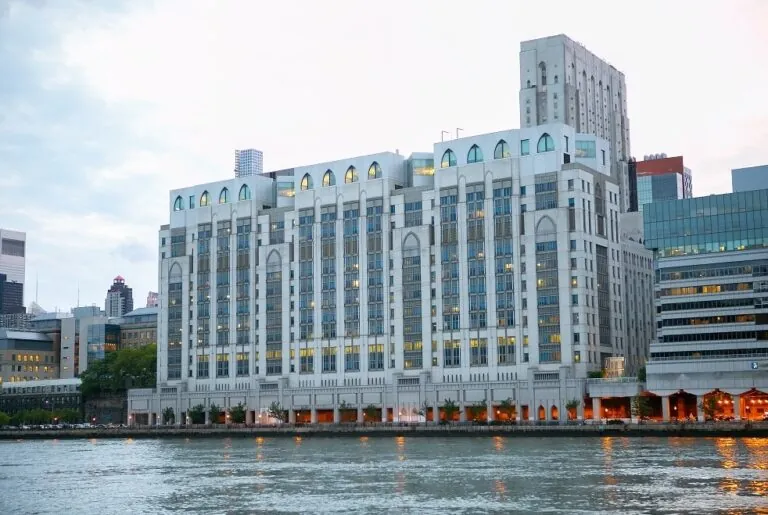In the first large lake-effect snow event of the season, at least 30 inches of snow is possible in parts of the Northeast
A major lake-effect snow event is currently happening in the Great Lakes and the interior Northeast. Snowfall is expected to be heavy and will continue until Wednesday morning.
Travelers in certain parts of New York, Pennsylvania, Ohio, and Maryland need to be especially cautious as they may encounter snow squalls. These sudden and intense bursts of snow can result in limited visibility and create whiteout conditions on the roads.
Forecasters closely monitored I-90 across upstate New York on Tuesday morning due to a subtle wind shift that led to a strong snow band moving over this heavily traveled corridor. The Syracuse area, in particular, was expected to experience several inches of snow throughout the evening hours.
The lake effect snow is expected to persist until Wednesday morning, potentially bringing an additional 8 to 16 inches of snow to the usual snow belt areas downstream of lakes Erie and Ontario. The total snow accumulation from this storm could reach 30-40 inches, particularly in the Tug Hill Plateau region of upstate New York.
Flurries, also known as mood snow, may reach the Washington, D.C., Philadelphia, and New York City metro areas due to the strong winds linked to lake-effect snow.
If any snowflakes fall, they will be more casual in nature and not accumulate in the big cities.
When cold air moves across the Great Lakes, which are still relatively warm and free of ice, it results in a phenomenon known as lake-effect snow. This temperature contrast causes the formation of clouds, which eventually lead to snowfall in the areas located downwind of the lakes.
The snow-producing cold air mass is the coldest one we’ve experienced this season. In the morning on Tuesday, the Upper Midwest, including Minneapolis, saw single digit temperatures with wind chills dropping below zero. Chicago also woke up to single digit wind chill values, while New Yorkers started their day with wind chills in the 20s.
Cold temperatures are not limited to just the Midwest and the Northeast. In fact, a chilly Tuesday is predicted for all regions east of the Mississippi. High temperatures in these areas are expected to be 10-20 degrees below average.
Tuesday’s highs will find it difficult to reach 40 degrees for major cities along the I-95 corridor. Meanwhile, cities in the Southeast like Atlanta, Tallahassee, Florida, and New Orleans will see temperatures in the 50s.
The initial wave of winter cold will persist for the following two days and gradually ease up towards the end of the week.
More News:







